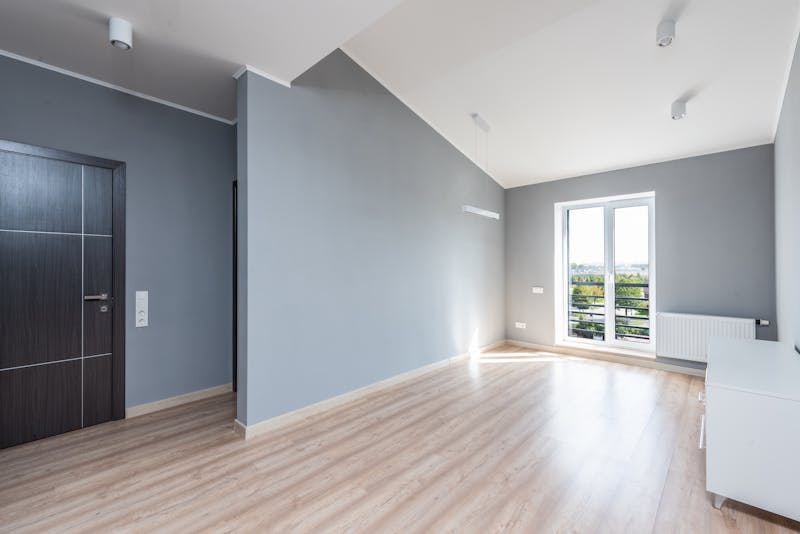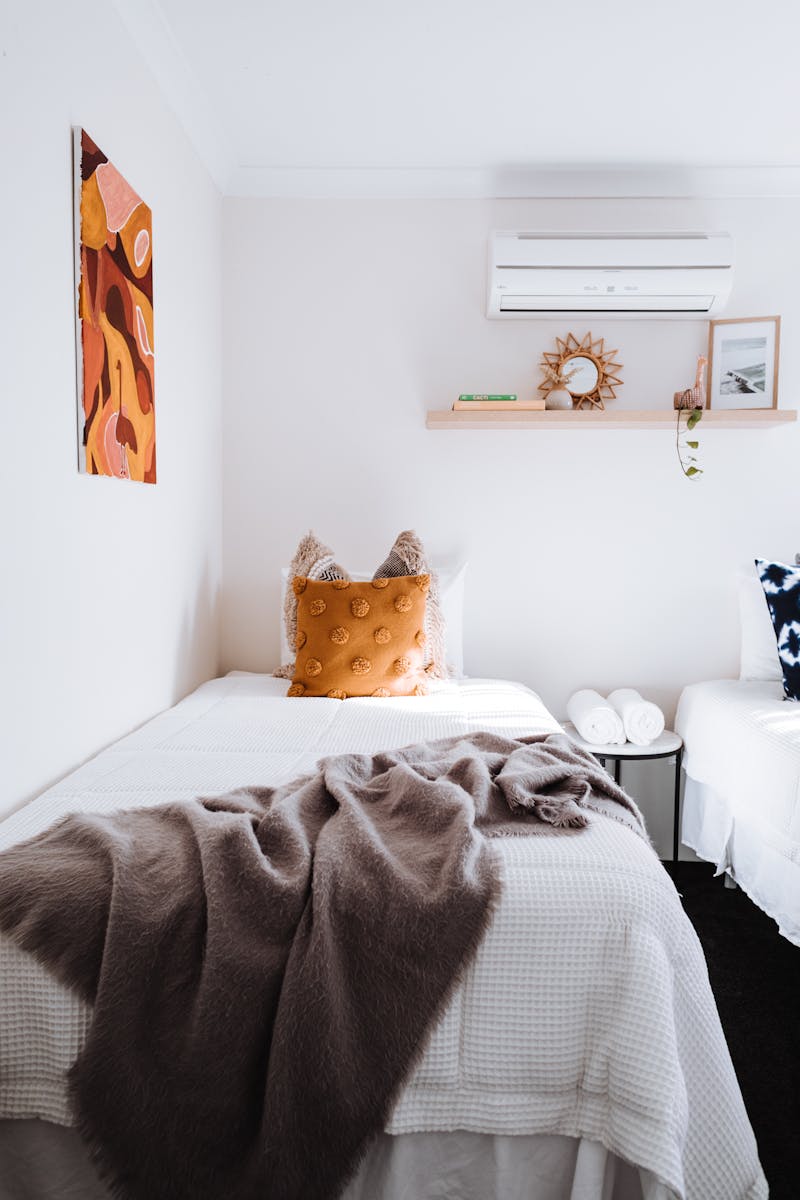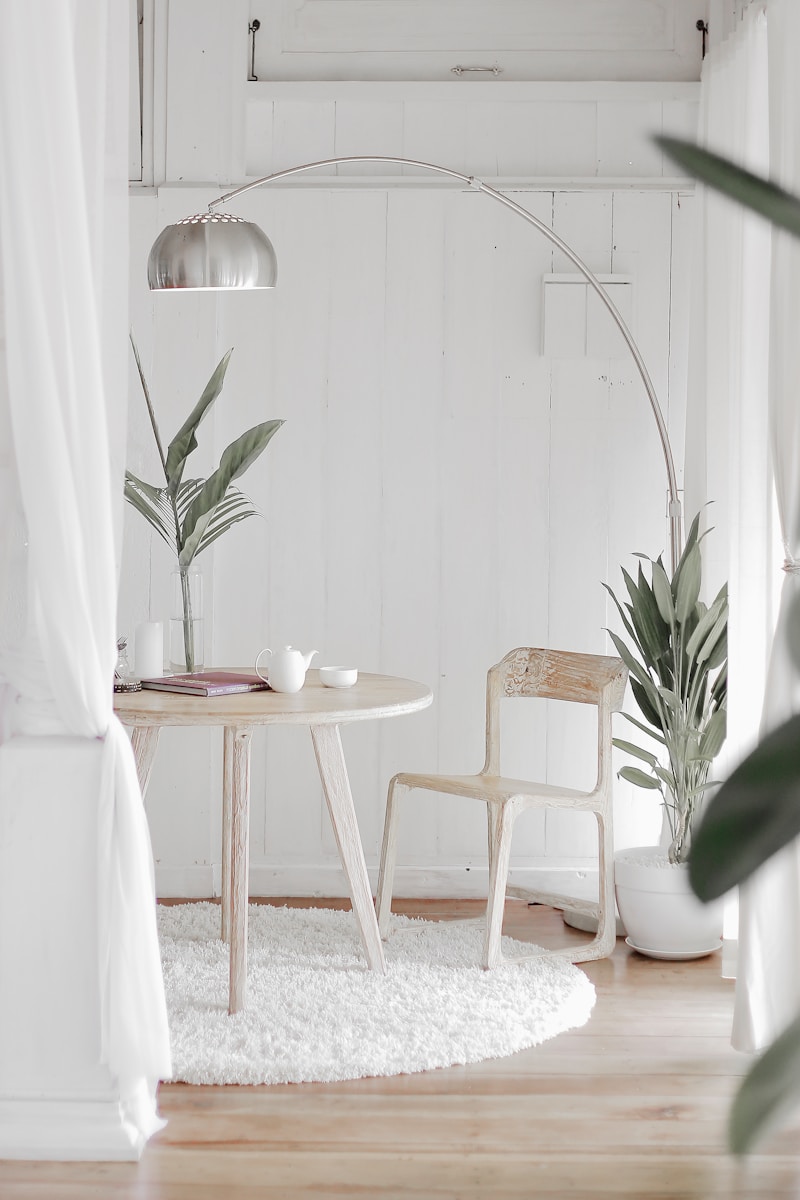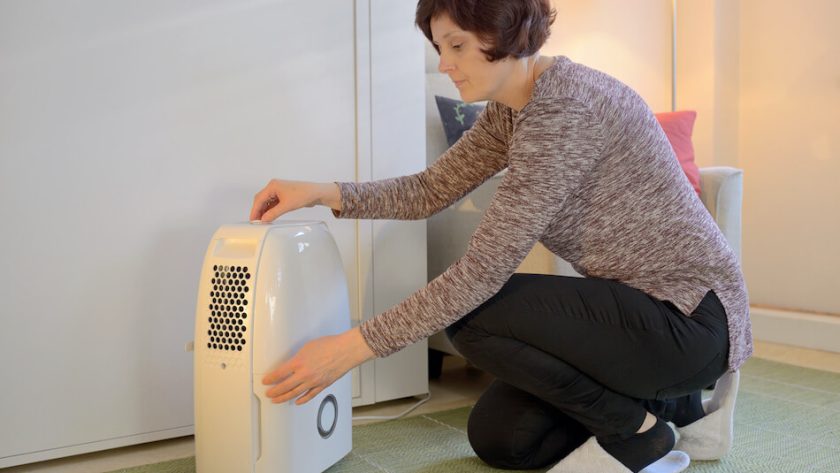Humidity can make your home feel uncomfortable and even cause damage to your belongings. High humidity levels can also lead to the growth of mold and mildew, posing potential health risks such as respiratory issues or allergies. According to the EPA, keeping indoor humidity between 30% and 50% is ideal to prevent these issues. Fortunately, there are several effective ways to lower the humidity in your house. In this blog post, we will discuss proven methods to reduce indoor moisture, improve air quality, and maintain a comfortable environment.
Use a Dehumidifier
A dehumidifier is one of the most effective appliances for removing excess moisture from the air. It works by drawing in humid air, cooling it down to extract moisture, and then releasing dry air back into the room. When choosing a dehumidifier, consider the size and capacity that suits your space. For instance, a 50-pint dehumidifier for basements is recommended for medium to large rooms, while a smaller unit may be suitable for a bathroom or small bedroom.
Placing a dehumidifier in areas with high humidity, such as basements, laundry rooms, or bathrooms, can make a noticeable difference. Running the device for several hours a day can significantly reduce moisture levels, helping to prevent mold growth. According to HomeAdvisor, using a dehumidifier can reduce energy costs by allowing your HVAC system to work more efficiently, as dry air feels cooler than humid air.
Use Ventilation

Proper ventilation is another key method for controlling indoor humidity. Opening windows and doors regularly helps circulate fresh air and reduces the buildup of moisture inside your home. For rooms like kitchens and bathrooms, where steam and humidity are more common, installing exhaust fans in bathrooms and kitchens is critical. These fans help to draw out excess moisture generated from activities like cooking or showering.
If your home has a crawl space or attic, ensure these areas are properly ventilated as well. According to the International Association of Certified Home Inspectors, inadequate ventilation in these spaces can lead to condensation, which contributes to high indoor humidity. Ensuring airflow through vents can prevent moisture from seeping into living areas.
Fix Leaks and Seal Cracks
Water leaks from pipes, windows, or your home’s foundation can introduce unwanted moisture, raising humidity levels inside your home. Fixing these leaks is essential to maintaining proper indoor air quality. Start by inspecting your home for any potential sources of moisture, such as leaking pipes, cracked window seals, or gaps around doors. Addressing these issues early can prevent the buildup of moisture that leads to higher humidity levels.
For effective sealing, products like the Crommelin sealing range provide reliable solutions for both minor and major leaks. By sealing cracks in your foundation, windows, and doors, you can block external moisture from entering your home and causing long-term damage. Regular maintenance of these seals ensures continued protection from high humidity levels.
Use Air Conditioning

Air conditioning not only cools your home but also helps reduce humidity levels. As air passes through the AC unit, it removes moisture, which is why central air conditioning to reduce humidity is highly effective at maintaining comfortable indoor humidity levels. According to Energy.gov, regular maintenance of your AC system is important to ensure optimal performance. This includes cleaning or replacing filters every 1 to 2 months, as clogged filters reduce the system’s ability to remove moisture from the air.
If you don’t have central air conditioning, using a window air conditioner to lower humidity or a portable unit can also help reduce moisture. Place these units in rooms that tend to trap moisture, such as kitchens or bedrooms, for the best results. A well-maintained air conditioner can keep both the temperature and humidity levels in check.
Use Natural Methods
There are several natural methods to reduce humidity in your home. Some houseplants, such as Boston ferns, spider plants, and peace lilies, are known for their ability to absorb moisture from the air. Incorporating these plants into your home not only helps regulate humidity levels but also improves indoor air quality. Additionally, materials like bamboo charcoal to absorb moisture are great for absorbing excess moisture and neutralizing odors.
Another simple method is placing bowls of uncooked rice to lower humidity or silica gel packets around high-humidity areas of your home, such as closets or bathrooms. These materials can effectively absorb moisture from the air. While these natural options may not replace a dehumidifier, they can help in maintaining balanced humidity levels in smaller spaces or as supplemental methods.
Use Appropriate Sealing

Sealing your home properly is one of the most important steps in preventing moisture from entering. High-quality sealing products, like those from Crommelin, are designed to provide long-lasting protection by blocking moisture from infiltrating your foundation, walls, and windows. Using appropriate sealing ensures that your home is safeguarded from water damage, mold, and mildew, which are common consequences of high humidity.
Be sure to inspect your home regularly for any signs of leaks or cracks. Investing in reliable sealing solutions not only improves indoor comfort but also prevents expensive structural damage caused by excess moisture. High humidity levels can damage wood furniture, walls, and floors, making proper sealing a necessity for long-term protection.
Conclusion
High humidity levels in your home can cause discomfort, promote mold growth, and damage your belongings. Fortunately, there are several effective ways to reduce indoor humidity and maintain a healthier living environment. By using appliances like dehumidifiers and air conditioners, improving ventilation, fixing leaks, and employing natural moisture absorbers, you can take control of your home’s humidity levels.
Additionally, investing in reliable sealing solutions will protect your home from external moisture and future damage. Keep in mind that maintaining ideal humidity levels (30%-50%) is not only crucial for comfort but also for protecting your health and home. Regularly assess your home for any potential moisture issues and choose the best method suited to your needs to ensure a comfortable and safe living space.
FAQ
How do I reduce humidity in my home naturally?
You can reduce humidity naturally by using houseplants like Boston ferns or peace lilies, which absorb moisture. Other natural methods include placing bowls of uncooked rice or silica gel packets in high-humidity areas. Bamboo charcoal is also effective in absorbing excess moisture from the air.
Is air conditioning effective in lowering humidity?
Yes, air conditioning is highly effective at reducing humidity. Air conditioners remove moisture from the air as they cool your home. Regular maintenance of the AC unit, such as cleaning or replacing filters, is essential to ensure optimal humidity control.
What is the ideal humidity level for a home?
The ideal humidity level for a home is between 30% and 50%, according to the EPA. Keeping humidity within this range prevents mold growth and creates a comfortable living environment.
Can high humidity damage my home?
Yes, high humidity can cause significant damage to your home. It can lead to mold growth, wood rot, and damage to furniture, walls, and flooring. Controlling indoor humidity levels helps protect your home from these issues.
What type of dehumidifier is best for a basement?
A 50-pint dehumidifier is typically best for a basement or large room. This size can efficiently remove excess moisture in areas prone to high humidity, like basements.




